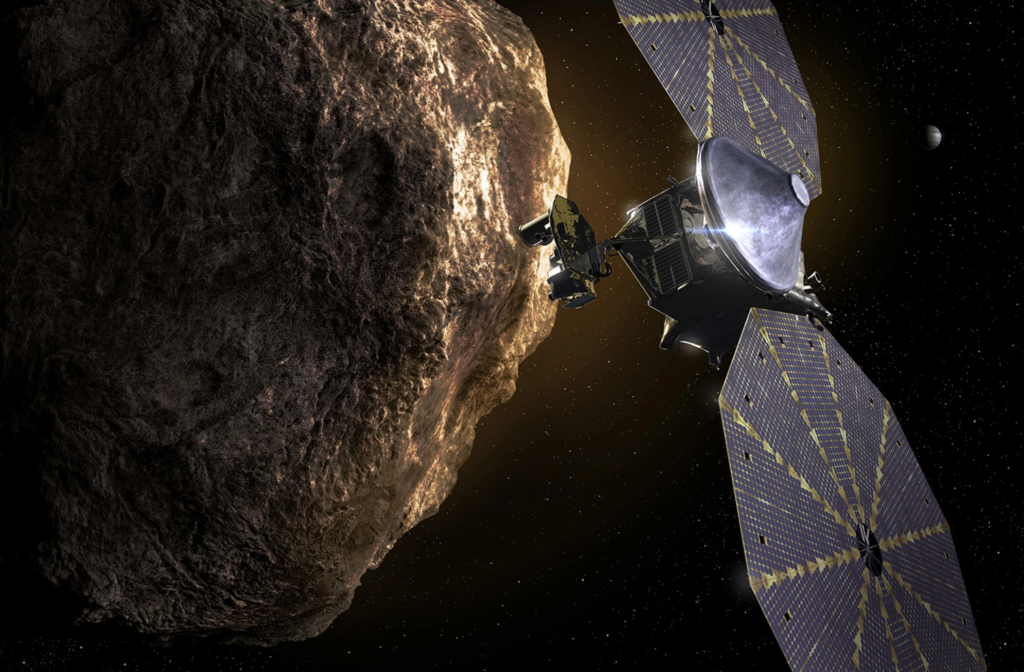NASA’s Lucy mission is on a 6-billion-kilometer-long journey to investigate the Jupiter Trojan asteroids, and it has finally captured a glimpse of the asteroids nearly 1.5 years after its launch.
NASA announced on Thursday that the Lucy spacecraft used its L’LORRI high-resolution camera to acquire the first images of Jupiter Trojan asteroids between March 25 and March 27.
NASA’s Lucy has found several Jupiter Trojan asteroids a year into its twelve-year mission.

Lucy was launched on October 26, 2021 aboard an Atlas V rocket from the Cape Canaveral Space Force Station in Florida. Approximately one year into its voyage, after traveling approximately 620,000 kilometers, it captured breathtaking images of the Earth and the Moon, images that demonstrate how far it had traveled to that point.
But even the most recent images are captured at the outset of its voyage. The 12-year mission will also conduct detailed observations of two main belt asteroids and nine Jupiter Trojans.
It is the first spacecraft sent to investigate the Trojan asteroids, which orbit the Sun along the same path as Jupiter. According to NASA, they are a “ancient population of asteroid fossils.” This is because they are believed to be composed of the same materials that were used to construct the solar system’s planets.
The Lucy mission is the first to investigate the trojan asteroids around Jupiter.
Additionally see |Volcanic eruptions may compromise our ability to predict climate change.
The most recent images captured by Lucy will assist NASA engineers and scientists in determining the angles at which Trojan asteroids reflect light.

The asteroids are depicted in the images as solitary sources of light against a background of distant stars. Nonetheless, the data will assist the mission team in choosing exposure periods for when the spacecraft will inevitably approach its targets.
The image of Eurybates was captured over a period of approximately 6.5 hours, while that of Polymele required approximately 2.5 hours. The spacecraft took the same amount of time to image Leucus and Orus, two hours each.
Lucy will approach these asteroids in 2027 and 2028, according to current plans, as it travels through clusters of minor asteroids that travel ahead of Jupiter in the planet’s orbit.

